Chrysler Celebrates "Payback," Acknowledges Outstanding Obligations (Sort Of)
Chrysler’s bailout “thank you” event today was long on praise for the redemptive power of its government bailout and short on talk of remaining challenges, but at least one important fact was acknowledged: this highly-touted “payback” was only for 85% of the money loaned to Chrysler during the bailout period. Although, to be perfectly accurate, it wasn’t exactly Chrysler who acknowledged the outstanding obligation [the firm avoids any such nuance in its release], as CEO Sergio Marchionne simply stated that
We received confirmation this morning at 10.13 am from Citigroup that Chrysler Group repaid, with interest, by wire transfer to the United States Treasury and by bank transfer to the Canadian government, every penny that had been loaned less than two years ago. [Emphasis added]
That last bit was the important part… as in, the part that was most often repeated in Chrysler’s presentation and in subsequent media reports. But it’s not the whole story…
It was ultimately up to Ron Bloom, the White House’s defacto “car czar” to admit that Chrysler’s “payback” amounted to only 85% of the “total money loaned to Chrysler.” That math works out to the conclusion that Chrysler failed to pay back about $2b… which is as technically true as Marchionne’s “every penny that had been loaned less than two years ago” line. It does, however, fail to account ( again) for the $1.9b Debtor-in-Posession “loan” which financed Chrysler during bankruptcy and was conveniently left to die with the remains of “Old Chrysler.” Nor does it account for the $1.5b loaned to Chrysler’s suppliers to keep them afloat amidst the bailout chaos. Meanwhile, the $1.9b Chrysler that Bloom admits Chrysler still “owes” the taxpayers is covered by a 6.6% stake in Chrysler’s equity, which isn’t likely to cover that loss when Chrysler eventually launches an IPO… and the DIP loan and supplier aid are irrevocably lost. According to the Treasury’s release:
Treasury committed a total of $12.5 billion to Chrysler under TARP’s Automotive Industry Financing Program (AIFP). With today’s transaction, Chrysler has returned more than $10.6 billion of that amount to taxpayers through principal repayments, interest, and cancelled commitments. Treasury continues to hold a 6.6 percent common equity stake in Chrysler. As previously stated, however, Treasury is unlikely to fully recover its remaining outstanding investment of $1.9 billion in Chrysler.
Add up the outstanding “bridge loan” loss of $1.9b, the “Old Chrysler” DIP loan loss of $1.9b and the supplier aid loss of $1.5b, and the taxpayer’s loss on Chrysler looks to be closer to $5.3b. Add $3.4b of that into the $12.5b bailout bill that Treasury acknowledges, and the total return on the Chrysler bailout appears to be more like 66%, not 85%. Which is pretty damn far from “every penny” no matter how you cut it.
No matter, though, since nobody else in the media seems to want to dig back through the financial confusion of 2008-09, and is dutifully reporting the “full payback” line. And the message is playing out in a predictably partisan manner as well, with Democrats taking credit for, and goading bailout opponents with the “full payback” not-quite-truth. The only media mitigation of the celebratory atmosphere at this point appears to be a piece at the DetN’s themichiganview.com site, which argues
But there is one inconvenient truth you won’t hear at the Sterling Heights, Mich. ceremony: Chrysler wouldn’t be here had it not defied its green White House masters. Chrysler’s return to profitability is a direct result of the fabulous success of its SUVs.
Otherwise, it’s all celebration all the time. Which is understandable: many (myself included) really didn’t think Chrysler would make it through the last year. So Chrysler and its fans and political bedfellows can be forgiven for a little cheering… it’s just that taxpayers still deserve a full and transparent accounting of “every penny” (to borrow a phrase) that actually went into Chrysler, not just “loans made in the last two years” or “loans made by the Obama Administration” or other weasel-wordings employed to make the bailout seem more successful than it is. Though bailout supporters will doubtless argue that “it doesn’t matter” because Chrysler is alive today and “that’s what matters,” this doesn’t justify a lack of transparency. In fact, if the bailout was successful because GM and Chrysler survived, that’s all the more reason to not fear the truth about what the bailout actually cost.
More by Edward Niedermeyer
Latest Car Reviews
Read moreLatest Product Reviews
Read moreRecent Comments
- Dave M. IMO this was the last of the solidly built MBs. Yes, they had the environmentally friendly disintegrating wiring harness, but besides that the mechanicals are pretty solid. I just bought my "forever" car (last new daily driver that'll ease me into retirement), but a 2015-16 E Class sedan is on my bucket list for future purchase. Beautiful design....
- Rochester After years of self-driving being in the news, I still don't understand the psychology behind it. Not only don't I want this, but I find the idea absurd.
- Douglas This timeframe of Mercedes has the self-disintegrating engine wiring harness. Not just the W124, but all of them from the early 90's. Only way to properly fix it is to replace it, which I understand to be difficult to find a new one/do it/pay for. Maybe others have actual experience with doing so and can give better hope. On top of that, it's a NH car with "a little bit of rust", which means to about anyone else in the USA it is probably the rustiest W124 they have ever seen. This is probably a $3000 car on a good day.
- Formula m How many Hyundai and Kia’s do not have the original engine block it left the factory with 10yrs prior?
- 1995 SC I will say that year 29 has been a little spendy on my car (Motor Mounts, Injectors and a Supercharger Service since it had to come off for the injectors, ABS Pump and the tool to cycle the valves to bleed the system, Front Calipers, rear pinion seal, transmission service with a new pan that has a drain, a gaggle of capacitors to fix the ride control module and a replacement amplifier for the stereo. Still needs an exhaust manifold gasket. The front end got serviced in year 28. On the plus side blank cassettes are increasingly easy to find so I have a solid collection of 90 minute playlists.
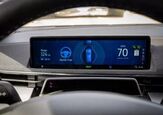
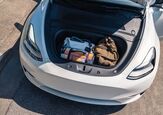
















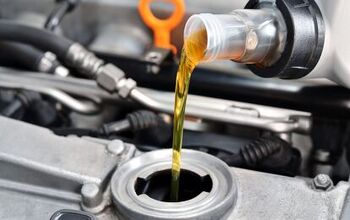
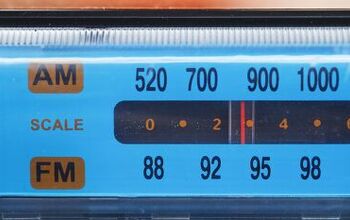
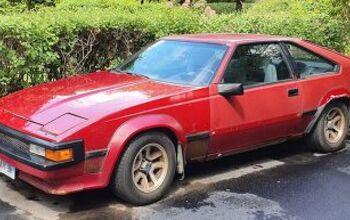

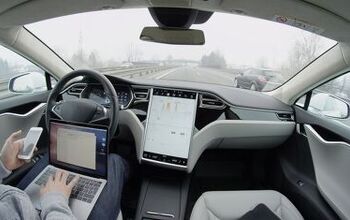





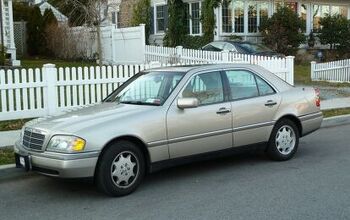


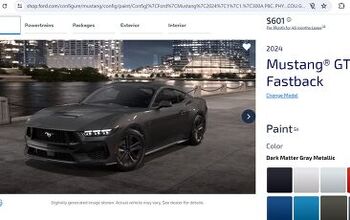

Comments
Join the conversation
Isn't Daimler and Cerberus accountable for any of this? They owned the company. Oh yes, it went belly up. What emerged was this new company that is managed by Fiat, and it just paid back loans made to it. Aid given to suppliers? Gosh, I wish we could recoup 1/1000 of aid given to foreign countries. Why is this even being thrown into your calculations?
What irks me is, besides the money we all lost, through gov't "loans", there is the money a crapload of people lost when the original stock went to zero. Any plans on paying back those shareholders? I don't think bragging should happen after a company (or person) went bankrupt and shafted people that financed them earlier.